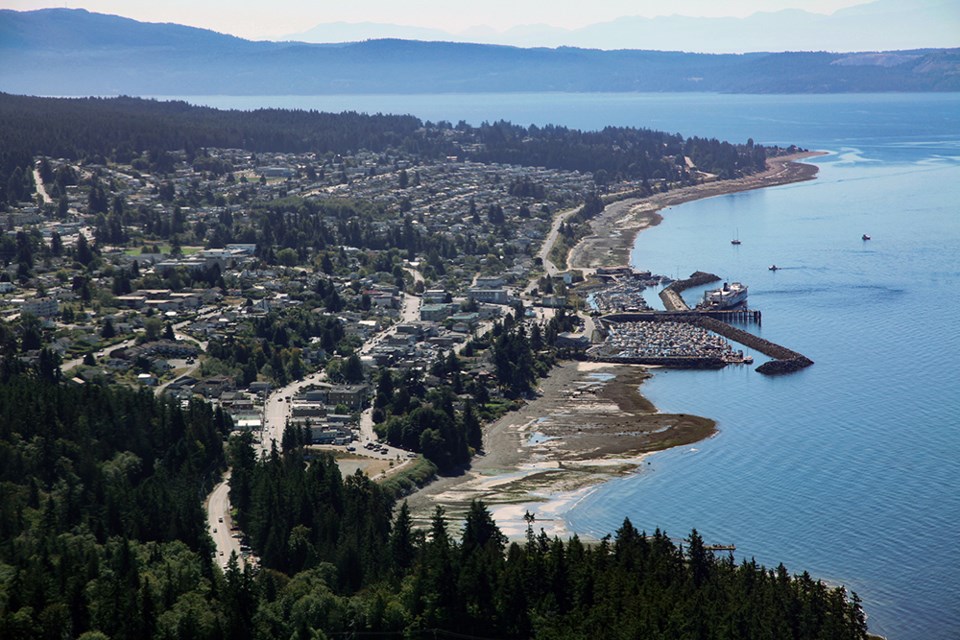At the December 5 city council meeting, director of planning services Jason Gow highlighted housing needs in the city for the next five and 20 years.
Gow said he was presenting an interim report outlining the need. He said in 2019, the provincial government announced amendments to the Local Government Act requiring municipalities and regional districts to complete a five-year housing needs assessment by 2022.
“To comply with this requirement, the city’s housing needs report was completed in the spring of 2021, and that was completed in collaboration with qathet Regional District and Tla’amin Nation, and it identified housing needs in the region for a period between 2016 and 2026,” said Gow. “In the fall of 2023, a comprehensive suite of legislation changed the local government planning and land-use framework, and this was known as Bill 44.
“Included with the passing of Bill 44, changes were made to the timing and content requirements for housing needs reports. Local governments are now required to complete an interim housing needs report on or before January 1, 2025, using a new, provincially mandated method to calculate the number units needed over five and 20 years.”
The interim housing report stipulates the number of housing units that need to be built in Powell River for the next five years and then for the next 20 years, said Gow. It also requires a description of the actions taken by the local government to reduce housing needs since receiving the most recent regular housing needs report. The final requirement is a statement about the need for housing in close proximity to transportation infrastructure that supports walking, bicycling, public transit or other alternative forms of transportation, according to Gow.
Using the provincially prescribed method of calculation, Gow listed six categories, including reducing extreme core housing need, reducing homelessness, addressing suppressed household formation, meeting anticipated household growth, improving residential vacancy rate to three per cent or better, and additional units needed to meet local demand. The total number of new units needed for the five-year time span is 988 and the total number of new units required for 20 years is 2,544.
Gow said since 2021, the city has issued 407 building permits for new housing units, yet only 257 of them address the city’s housing need, based on the estimates of the type of housing needed for each income category listed in the housing report.
“This means to meet the 2026 housing needs target, 721 housing units are still required,” said Gow. “Of these, a large majority need to be attainable for those households with very low to moderate incomes.”
Gow said of the 988 housing units required that are identified in this latest report, 650 of those units need to be affordable to households that are very low income, low income or moderate income. A total of 273 of those units need to be affordable rental units at deep subsidy, rent-geared-to-income, or below market rents.
When looking at the 2041 numbers, they are not much better, according to Gow. Of the 2,543 housing units needed by 2041, 1,771 need to be affordable to households that are very low income, low income or moderate income. A total of 787 need to be affordable rental units at deep subsidy, rent-gear-to-income, or below market rents, according to Gow..
Gow said the next step is for the city to receive the five-year and 20-year housing needs report, and for staff to publish the report on the city’s website for public access.
“From there, we would then submit the interim housing needs report to the province by January 1, 2025, and then, looking into the future, with the December 31, 2025 deadline, to update the official community plan bylaw and zoning bylaws to facilitate identified housing needs,” said Gow.
The next report is required by December 31, 2028, and then every five years after that, based on when census figures are released.
Councillor Rob Southcott said the conclusion is that the lower end of housing is far more in deficit than the higher end.
Councillor Jim Palm said the large numbers in the report do not give him a warm and fuzzy feeling. He asked about the housing needed in the next five years, and did it factor in the new 141-unit rental accommodation that has been built on Joyce Avenue, close to qathet General Hospital. Gow said the apartments were considered in the calculations.
Councillor and acting mayor George Doubt said the report is a good measuring stick about where the city is with the requirements for housing. He said, however, it is not going to build any housing or provide any infrastructure in the ground to take care of sewage and water.
“It does give us an idea at the council table about where we should be going when we have people coming to get projects approved, and are we going to be able to stand in a place that assists this housing being built, or are we going to stand in a place that prevents housing being built,” asked Doubt. “That’s what the tool is intended for, to give us all a good idea about the housing needs we have.”
Council voted to receive the interim housing needs report to comply with provincial legislation, and that it be published on the city’s website.
Join the Peak's email list for the top headlines right in your inbox Monday to Friday.



